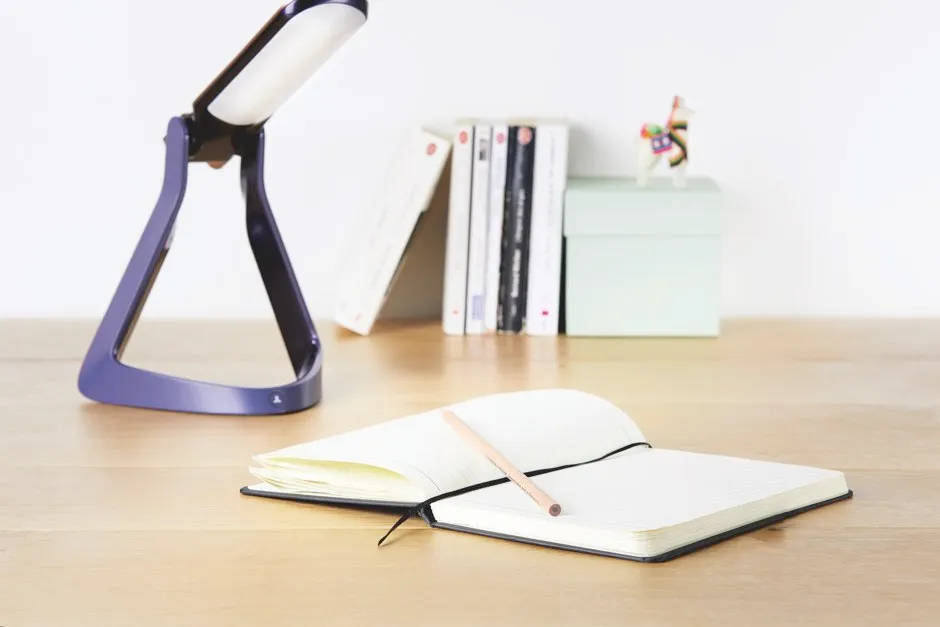In the UK, around 10 per cent of people have dyslexia. Dyslexia is entirely subjective to the person who suffers from it. However, for some context, I am pretty much in the middle of the spectrum.
When reading, I get rivers of light running through text, along with jumping letters and frequent skipping across words or lines. I have used coloured overlays in the past, and have glasses with coloured lenses that improve my reading experience.
A small study published in 2017 in the journal Proceedings Of The Royal Society B found evidence that one cause of dyslexia could be down to a patch of light-sensitive cells in the eye. It said that in non-dyslexics, the cells are differently arranged between the two eyes, with information from one eye overriding the other.
In dyslexics, both eyes have the same pattern. There is therefore no dominant eye, meaning that two pieces of information are sent to the brain at the same time, which can cause mirror images.
Lexilife has launched an LED reading lamp, the Lexilight, that claims to reduce the mirroring effect by using pulsed light to allow one eye to take dominance. Several parameters of the lamp can be adjusted, so it can be personalised to suit the user.

The Lexilight is a well-made and pleasing design. It is lightweight and comes with a protective carry case to keep it safe when you’re on the move. On the desk, it’s extremely sturdy, and you can arrange it to face the screen when you’re working on a computer.
Its stability is reassuring, because the adjustments needed to get the best result are precise, and much fiddling is required on the initial setup. However, once you’ve sorted your personal settings, you shouldn’t need to do anything more than switch the light on and off as needed.
Using the light for the first time is a slightly strange experience. The instructions weren’t very in-depth, so I had no idea quite what to expect or what I should be aiming for with the settings.
Read more about dyslexia:
Regardless of which settings I went for, I was still seeing the rivers of light between words and, in some cases, felt the pulsing of the Lexilight was making things worse.
It was only when I switched off the Lexilight function, and then looked at the page with the normal lamp mode, that I recognised the benefits of having the function switched on.
For me, when I’d adjusted the Lexilight to suit me, each word appeared clearer and more distinct from any words around it. It was a lot easier to focus on the exact word I was reading and that helped me stay on the correct line too. My rivers of light remained though, and I feel that my assumption that I would suddenly be ‘cured’ clouded my initial response to the light.

I would add, though, that some clearer idea of the proposed benefits should be mentioned within the manual. For me, this wasn’t a miracle dyslexia cure, but it was a useful addition to aid my reading.
I am sure that there will be some dyslexics out there who receive even more of a benefit, particularly if they experience the mirroring effect. Plus, you can try the light for 30 days, and can get a refund if you’re not satisfied.
£499, lexilife.com